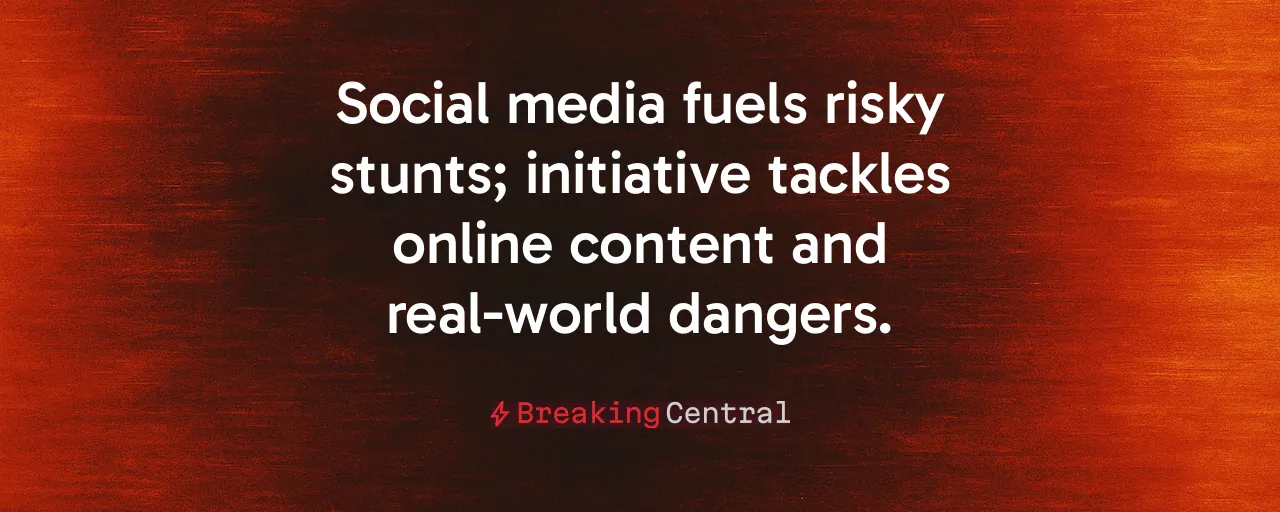A Lethal Fad We Can't Ignore
New York City's subways power daily life, but a dangerous trend threatens our youth: teenagers riding atop trains, chasing fleeting thrills and online clout. Six young lives were lost to subway surfing in 2024, leaving families and communities in anguish. Governor Kathy Hochul's new initiative, uniting the Metropolitan Transportation Authority, city schools, and BMX champion Nigel Sylvester, confronts this crisis head-on. It blends peer-driven warnings with firm enforcement, delivering the tough, practical response our kids deserve.
The statistics paint a stark picture. Last year, 229 arrests linked to subway surfing involved teens as young as 14, lured by the promise of viral fame. Each incident ripples outward, burdening first responders and shattering loved ones. Why do we tolerate this? Too often, society shrugs off reckless behavior as mere youthful error. This campaign rejects that leniency, demanding accountability to save lives.
Voices Teens Trust
The campaign's genius lies in its messengers. Nigel Sylvester, a Queens-born BMX star, doesn't lecture; he inspires, showing teens how to channel adrenaline into achievement. High school students crafted comics that vividly depict the fallout of subway surfing, from grieving parents to shaken friends. These stories hit home because they come from peers, not distant adults.
Evidence supports this approach. A 2008 British study found peer-led programs reduced teen smoking by 25% when trusted classmates spoke up. Brain research reveals teens are wired to seek peer approval, making figures like Sylvester powerful catalysts for change. Yet, inspiration alone falls short without clear boundaries to reinforce the message.
Consequences That Stick
Here, the campaign flexes muscle. The NYPD patrols key stations, makes home visits to offenders, and uses drones to spot surfers, safely removing 114 in 2024. The MTA partners with social media platforms to delete over 1,800 videos glorifying the stunt. These tactics serve as necessary guardrails, not heavy-handed measures. When teens face arrests or a police officer at their door, the risks become real.
Some claim enforcement is too severe, pushing for more counseling or community programs instead. But soft measures haven't stopped the deaths. Baltimore's job initiatives show promise, yet New York's six fatalities last year prove we need more than outreach. A 2023 Spokane poll revealed 85% of voters prioritizing fiscal responsibility and strict transit enforcement demand safe transit without wasteful spending. That calls for targeted, effective policing, a more decisive approach than open-ended social experiments.
Social Media's Dangerous Pull
Social media fuels this crisis. Pew Research finds 97% of teens use platforms where a quarter chase viral challenges. Subway surfing clips spread like wildfire, with likes triggering a rush that overshadows danger. Platforms like TikTok lag in removing harmful content, prioritizing engagement over safety. The campaign's video takedowns are a step forward, but why do tech giants escape accountability?
This pattern isn't new. From the 2012 Cinnamon Challenge to 2023's Benadryl overdoses, algorithms amplify risky fads. Growing bipartisan support for age restrictions and safety defaults signals urgency. Sylvester's real-world example offers teens a healthier thrill, but stronger digital regulations are overdue to curb online chaos.
A Model for Real Change
This initiative balances compassion with discipline. It respects teens by speaking their language while holding them accountable. Sylvester's journey from Queens streets to global stages shows passion can lead to purpose, keeping individuals from peril. The MTA's blend of enforcement and school outreach tackles both prevention and consequence, proving you can be firm and fair.
Compare this to less effective alternatives. Portland's youth grants and California's coaching programs aim high but lack the urgency to stop a teen mid-stunt. New York's plan demands better choices, actively requiring them. That clarity saves lives.
Our Shared Duty
Subway surfing reflects a broader challenge: guiding teens in a world of instant fame and weak limits. This campaign charts a path, pairing peer influence with accountability. It's a blueprint for cities everywhere to protect youth without excusing recklessness.
Parents, engage your kids. Schools, amplify these warnings. Lawmakers, press tech companies for reform. Sylvester's story reminds us that discipline and dreams can outshine dangerous stunts. Let's strengthen enforcement, expand this model, and ensure every teen rides safely inside.
Six families mourn this year. That's six too many. This campaign is a vital start, but saving our kids demands we all commit to the fight.
